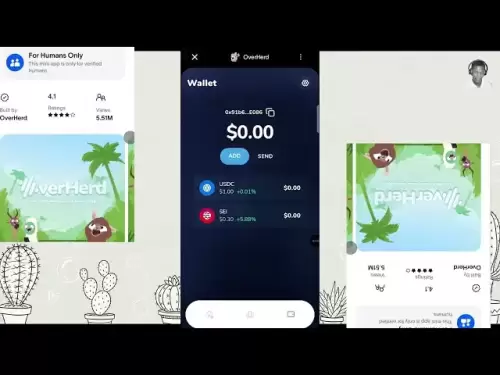-
 Bitcoin
Bitcoin $114100
-0.14% -
 Ethereum
Ethereum $3635
-0.73% -
 XRP
XRP $2.949
-2.85% -
 Tether USDt
Tether USDt $0.9999
-0.03% -
 BNB
BNB $760.3
-0.78% -
 Solana
Solana $163.8
-2.77% -
 USDC
USDC $0.9998
-0.04% -
 TRON
TRON $0.3323
-0.57% -
 Dogecoin
Dogecoin $0.2004
-2.99% -
 Cardano
Cardano $0.7245
-2.87% -
 Hyperliquid
Hyperliquid $37.52
-3.75% -
 Stellar
Stellar $0.3915
-3.58% -
 Sui
Sui $3.416
-2.20% -
 Bitcoin Cash
Bitcoin Cash $559.5
-0.84% -
 Chainlink
Chainlink $16.41
-2.16% -
 Hedera
Hedera $0.2406
-1.78% -
 Ethena USDe
Ethena USDe $1.001
0.00% -
 Avalanche
Avalanche $22.13
-1.98% -
 Litecoin
Litecoin $117.8
-4.32% -
 UNUS SED LEO
UNUS SED LEO $8.989
0.01% -
 Toncoin
Toncoin $3.183
-5.09% -
 Shiba Inu
Shiba Inu $0.00001214
-1.97% -
 Uniswap
Uniswap $9.654
-1.71% -
 Polkadot
Polkadot $3.616
-1.18% -
 Monero
Monero $291.6
-2.66% -
 Dai
Dai $0.9999
0.00% -
 Bitget Token
Bitget Token $4.310
-1.10% -
 Cronos
Cronos $0.1382
-1.93% -
 Pepe
Pepe $0.00001021
-3.40% -
 Aave
Aave $257.9
-1.42%
What is a soft fork and its characteristics?
Soft forks, being backward compatible, allow blockchain networks to introduce improvements without requiring all nodes to upgrade immediately, ensuring smooth transitions.
Apr 11, 2025 at 04:22 am
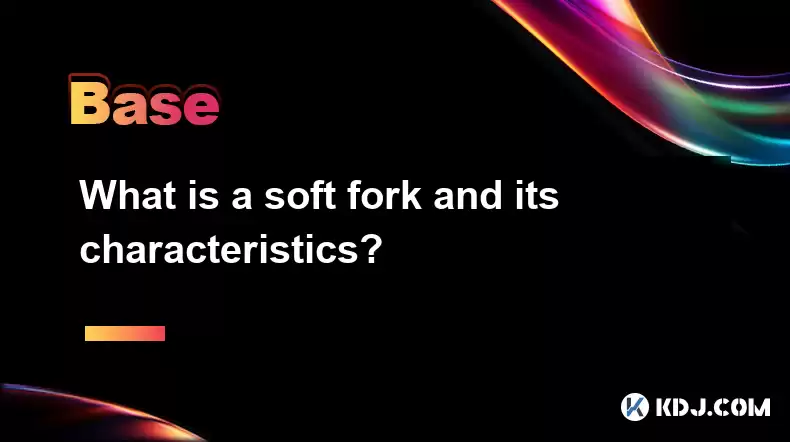
A soft fork is a change to the protocol of a blockchain network that is backward compatible. This means that nodes that have not upgraded to the new version of the protocol can still participate in the network and validate transactions. Soft forks are typically used to introduce new features or improvements to the network without requiring all participants to upgrade their software immediately.
How Soft Forks Work
Soft forks operate by making changes to the blockchain rules that are more restrictive than the previous rules. This means that blocks created under the new rules are also valid under the old rules, but not vice versa. As a result, nodes running the old software will still accept blocks created by nodes running the new software, ensuring the network remains cohesive.
For example, if a soft fork reduces the block size limit, blocks created under the new limit will be smaller and thus valid under both the old and new rules. However, if a node running the old software creates a block that exceeds the new limit, it will be rejected by nodes running the new software, but still accepted by other nodes running the old software.
Characteristics of Soft Forks
Soft forks have several key characteristics that distinguish them from hard forks:
- Backward Compatibility: As mentioned, soft forks are designed to be backward compatible, allowing nodes that have not upgraded to continue operating on the network.
- Consensus Mechanism: Soft forks require a majority of the network's mining power or validators to upgrade and enforce the new rules. This ensures that the network can continue to function smoothly.
- Gradual Adoption: Because soft forks are backward compatible, they can be rolled out gradually, allowing the network to adapt to the changes over time.
- Less Disruptive: Soft forks are generally less disruptive than hard forks because they do not require all participants to upgrade immediately, reducing the risk of network splits.
Examples of Soft Forks
Several notable soft forks have occurred in the cryptocurrency space. One of the most well-known is the Bitcoin Segregated Witness (SegWit) soft fork, which was activated in August 2017. SegWit aimed to increase the block capacity and fix transaction malleability issues without requiring a hard fork.
Another example is the Bitcoin Cash (BCH) May 2018 soft fork, which introduced a new difficulty adjustment algorithm called ASERT (Algorithmic Scheduled Exponentially Rising Targets). This soft fork aimed to stabilize the mining difficulty and prevent large fluctuations in block times.
Implementing a Soft Fork
Implementing a soft fork involves several steps that must be carefully planned and executed to ensure a smooth transition. Here is a detailed look at the process:
- Proposal and Discussion: The first step is to propose the soft fork and discuss it with the community. This involves creating a detailed proposal outlining the changes, the rationale behind them, and the expected impact on the network.
- Code Development: Once the proposal is accepted, developers begin working on the code changes necessary to implement the soft fork. This includes updating the protocol rules and ensuring that the changes are backward compatible.
- Testing: Before the soft fork is activated, it must be thoroughly tested on testnets to ensure that it works as intended and does not introduce any bugs or vulnerabilities.
- Activation: The soft fork is activated when a certain percentage of the network's mining power or validators signal readiness to enforce the new rules. This is typically done through a signaling mechanism, such as BIP9 in Bitcoin.
- Monitoring and Adjustment: After activation, the network is closely monitored to ensure that the soft fork is functioning correctly. If any issues arise, adjustments may be made to address them.
Benefits of Soft Forks
Soft forks offer several benefits to blockchain networks:
- Flexibility: Soft forks allow for the introduction of new features and improvements without requiring all participants to upgrade immediately, providing more flexibility in managing the network.
- Reduced Risk: Because soft forks are backward compatible, they carry less risk of causing a network split or disrupting the network's operation.
- Community Consensus: Soft forks require a consensus among the network's participants, ensuring that changes are broadly supported and less likely to be contentious.
Challenges of Soft Forks
Despite their benefits, soft forks also present some challenges:
- Complexity: Implementing a soft fork can be complex, requiring careful planning and execution to ensure that the changes are backward compatible and do not introduce unintended consequences.
- Adoption Rate: The success of a soft fork depends on the rate at which participants upgrade to the new software. If adoption is slow, it can delay the full implementation of the changes.
- Potential for Confusion: Soft forks can sometimes lead to confusion among users and developers, especially if the changes are not well communicated or understood.
Frequently Asked Questions
Q: Can a soft fork be reversed?
A: Yes, a soft fork can be reversed if the majority of the network's participants agree to revert to the old rules. However, this is rare and typically only occurs if significant issues arise after the soft fork's activation.
Q: How do soft forks affect the security of a blockchain?
A: Soft forks can enhance the security of a blockchain by introducing new features or improvements that address vulnerabilities or enhance the network's resilience. However, the process of implementing a soft fork must be carefully managed to avoid introducing new security risks.
Q: Are soft forks more common than hard forks?
A: Soft forks are generally more common than hard forks because they are less disruptive and do not require all participants to upgrade immediately. However, the frequency of soft forks can vary depending on the specific needs and dynamics of each blockchain network.
Q: Can a soft fork lead to a hard fork?
A: While a soft fork itself does not lead to a hard fork, disagreements over the implementation or effects of a soft fork can sometimes result in a portion of the community deciding to create a hard fork to implement their preferred changes.
Disclaimer:info@kdj.com
The information provided is not trading advice. kdj.com does not assume any responsibility for any investments made based on the information provided in this article. Cryptocurrencies are highly volatile and it is highly recommended that you invest with caution after thorough research!
If you believe that the content used on this website infringes your copyright, please contact us immediately (info@kdj.com) and we will delete it promptly.
- Acapulco Crafts in Crisis: Sales Plummet, Artisans Struggle
- 2025-08-06 14:30:12
- SEC, Crypto & Bitwise CIO: A New Dawn?
- 2025-08-06 14:35:11
- Coinbase, Financing, and the Crypto Market: Navigating Choppy Waters in NYC Style
- 2025-08-06 12:50:11
- Bitcoin in Indonesia: Crypto Education and Economic Strategy
- 2025-08-06 12:50:11
- DeriW Mainnet: Zero Gas Fees Revolutionize On-Chain Derivatives Trading
- 2025-08-06 10:30:11
- IOTA, Cloud Mining, and Eco-Friendly Crypto: A New York Investor's Take
- 2025-08-06 10:30:11
Related knowledge
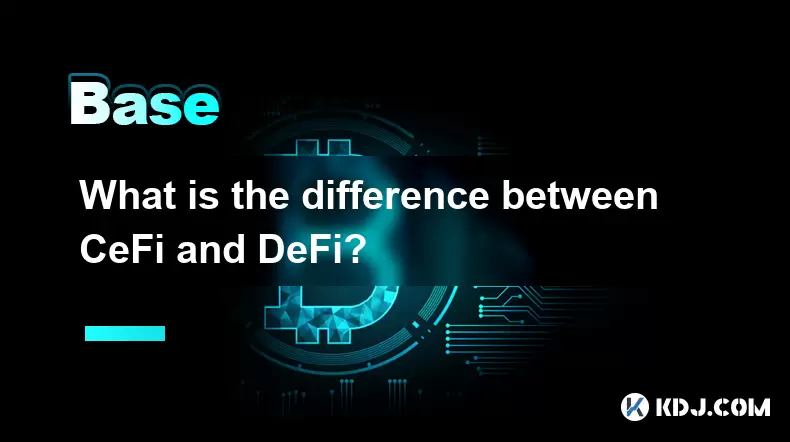
What is the difference between CeFi and DeFi?
Jul 22,2025 at 12:28am
Understanding CeFi and DeFiIn the world of cryptocurrency, CeFi (Centralized Finance) and DeFi (Decentralized Finance) represent two distinct financia...
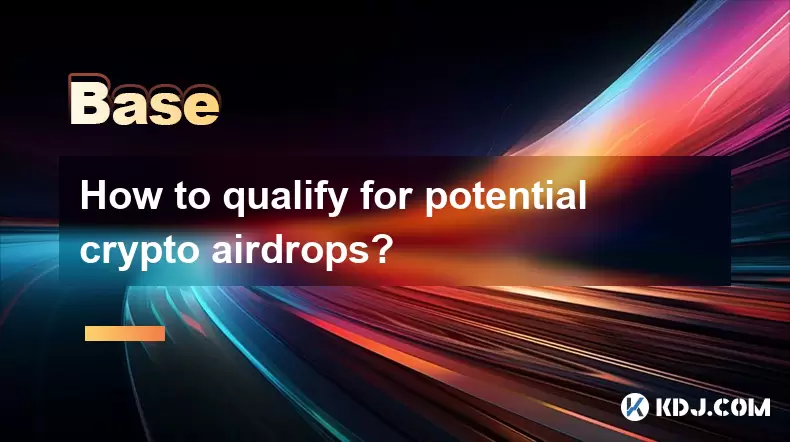
How to qualify for potential crypto airdrops?
Jul 23,2025 at 06:49am
Understanding What Crypto Airdrops AreCrypto airdrops refer to the distribution of free tokens or coins to a large number of wallet addresses, often u...
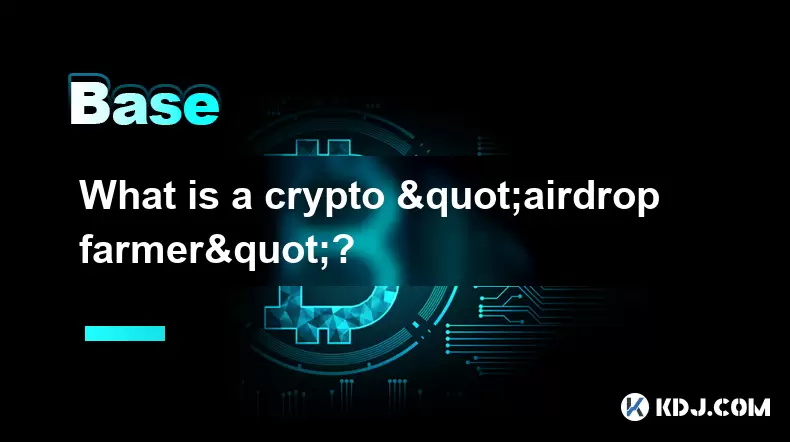
What is a crypto "airdrop farmer"?
Jul 24,2025 at 10:22pm
Understanding the Role of a Crypto 'Airdrop Farmer'A crypto 'airdrop farmer' refers to an individual who actively participates in cryptocurrency airdr...
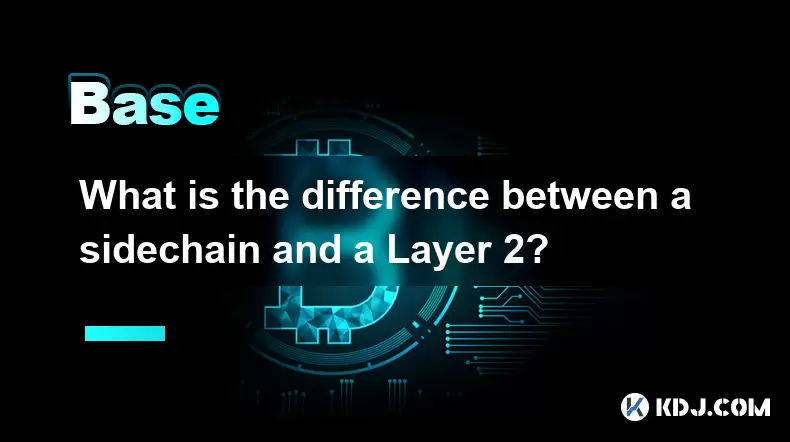
What is the difference between a sidechain and a Layer 2?
Jul 20,2025 at 11:35pm
Understanding the Concept of SidechainsA sidechain is a separate blockchain that runs parallel to the main blockchain, typically the mainnet of a cryp...
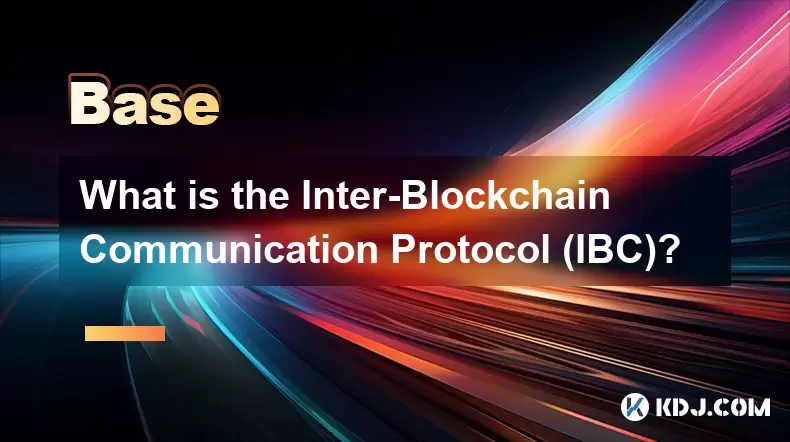
What is the Inter-Blockchain Communication Protocol (IBC)?
Jul 19,2025 at 10:43am
Understanding the Inter-Blockchain Communication Protocol (IBC)The Inter-Blockchain Communication Protocol (IBC) is a cross-chain communication protoc...
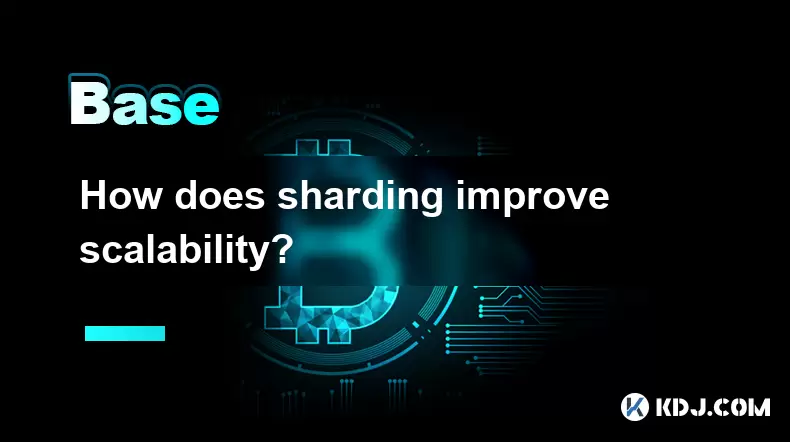
How does sharding improve scalability?
Jul 20,2025 at 01:21am
Understanding Sharding in BlockchainSharding is a database partitioning technique that is increasingly being adopted in blockchain technology to enhan...

What is the difference between CeFi and DeFi?
Jul 22,2025 at 12:28am
Understanding CeFi and DeFiIn the world of cryptocurrency, CeFi (Centralized Finance) and DeFi (Decentralized Finance) represent two distinct financia...

How to qualify for potential crypto airdrops?
Jul 23,2025 at 06:49am
Understanding What Crypto Airdrops AreCrypto airdrops refer to the distribution of free tokens or coins to a large number of wallet addresses, often u...

What is a crypto "airdrop farmer"?
Jul 24,2025 at 10:22pm
Understanding the Role of a Crypto 'Airdrop Farmer'A crypto 'airdrop farmer' refers to an individual who actively participates in cryptocurrency airdr...

What is the difference between a sidechain and a Layer 2?
Jul 20,2025 at 11:35pm
Understanding the Concept of SidechainsA sidechain is a separate blockchain that runs parallel to the main blockchain, typically the mainnet of a cryp...

What is the Inter-Blockchain Communication Protocol (IBC)?
Jul 19,2025 at 10:43am
Understanding the Inter-Blockchain Communication Protocol (IBC)The Inter-Blockchain Communication Protocol (IBC) is a cross-chain communication protoc...

How does sharding improve scalability?
Jul 20,2025 at 01:21am
Understanding Sharding in BlockchainSharding is a database partitioning technique that is increasingly being adopted in blockchain technology to enhan...
See all articles























